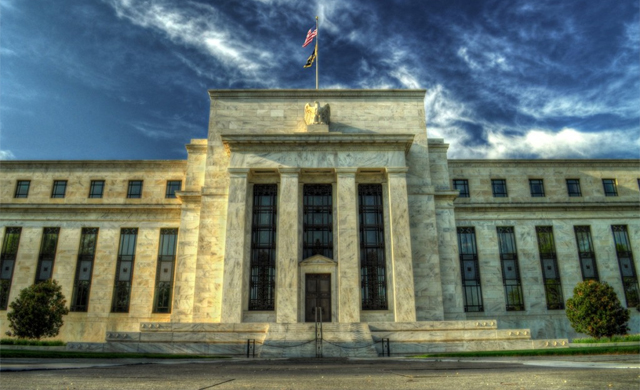Last week’s markets were mainly dominated by three factors: central bank meetings, OPEC’s decision and corporate results. First, in Australia, the RBA opted to keep the base rate at a record low of 0.1%, while ending its A$275 billion (US$194.4 billion) bond-buying program.

The regulator also said that a rate hike would be considered if inflation returns to the 2% to 3% target range. The central bank noted that it is still difficult to say how sustainable the high rate of consumer price growth will be. It will all depend on the resolution of supply disruptions. Wages in the country are growing at a weak pace. Their growth will take time to accelerate. The Australian central bank is closely monitoring the factors influencing inflation. Finally, Australian central bank governor Philip Lowe said that while the Omicron outbreak has affected the economy, it has not undermined the recovery, and high vacancy rates suggest that unemployment will continue to fall.
In Europe, as expected, the ECB left the benchmark lending rate at zero and the deposit rate at minus 0.5% at the end of Thursday’s meeting. The marginal lending rate remained at 0.25%. The ECB will continue to buy assets under the emergency program in the first quarter of 2022 at a more moderate pace than in the previous quarter, and asset purchases under the program will end at the end of March 2022, the ECB said in a statement.
It is worth mentioning that the central bank will buy assets under the Asset Purchase Program (APP) at a monthly pace of €40 billion in the second quarter of 2022, with purchases tapering to €30 billion in the third quarter. Starting in October, the ECB will buy €20 billion per month under the APP for as long as necessary to enhance the interest rate stimulus effect. The program will end shortly before the central bank starts raising interest rates.
The ECB Governing Council expects policy rates to remain at current or lower levels until inflation reaches 2% significantly before the end of the forecast horizon, and to remain at this level until the end of the forecast period.
During the press conference, ECB chief Christine Lagarde said that the European regulator was ready to adjust all instruments to ensure that inflation stabilizes at 2%, which pushed up the euro against most global currencies, including the dollar and the ruble. According to Lagarde, the pace of consumer price growth, which reached record highs in January and December, could remain elevated for a longer period than expected, but will gradually slow down during 2022.
Finally, in England, the BOE decided to raise its benchmark interest rate from 0.25% to 0.5%. The rate thus rose for the second consecutive increase for the first time since 2004. Five members of the Monetary Policy Committee (MPC), out of a total of nine, made the decision, while four favored raising the rate by 0.5 percentage points to 0.75%.
The decision to raise rates was taken in the context of rising inflation. According to the press release, “inflation is expected to rise further in the coming months, approaching 6% in February and March.” Consumer prices in the UK rose by 5.4% in December 2021 compared to the same month a year earlier, the fastest pace of growth since March 1992. Inflation thus accelerated from November, when consumer prices rose the highest 5.1% since September 2011.


 Hot Features
Hot Features












